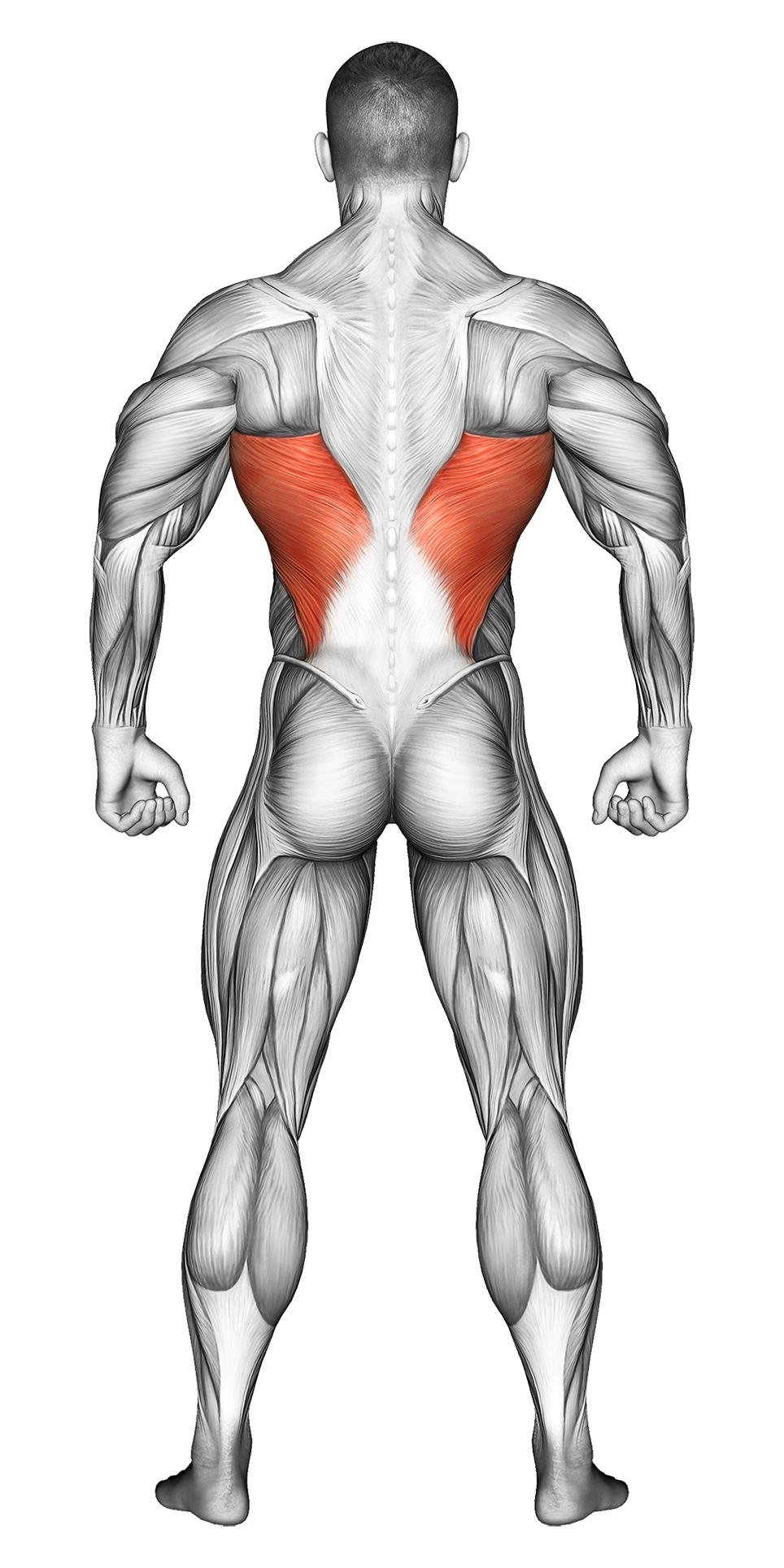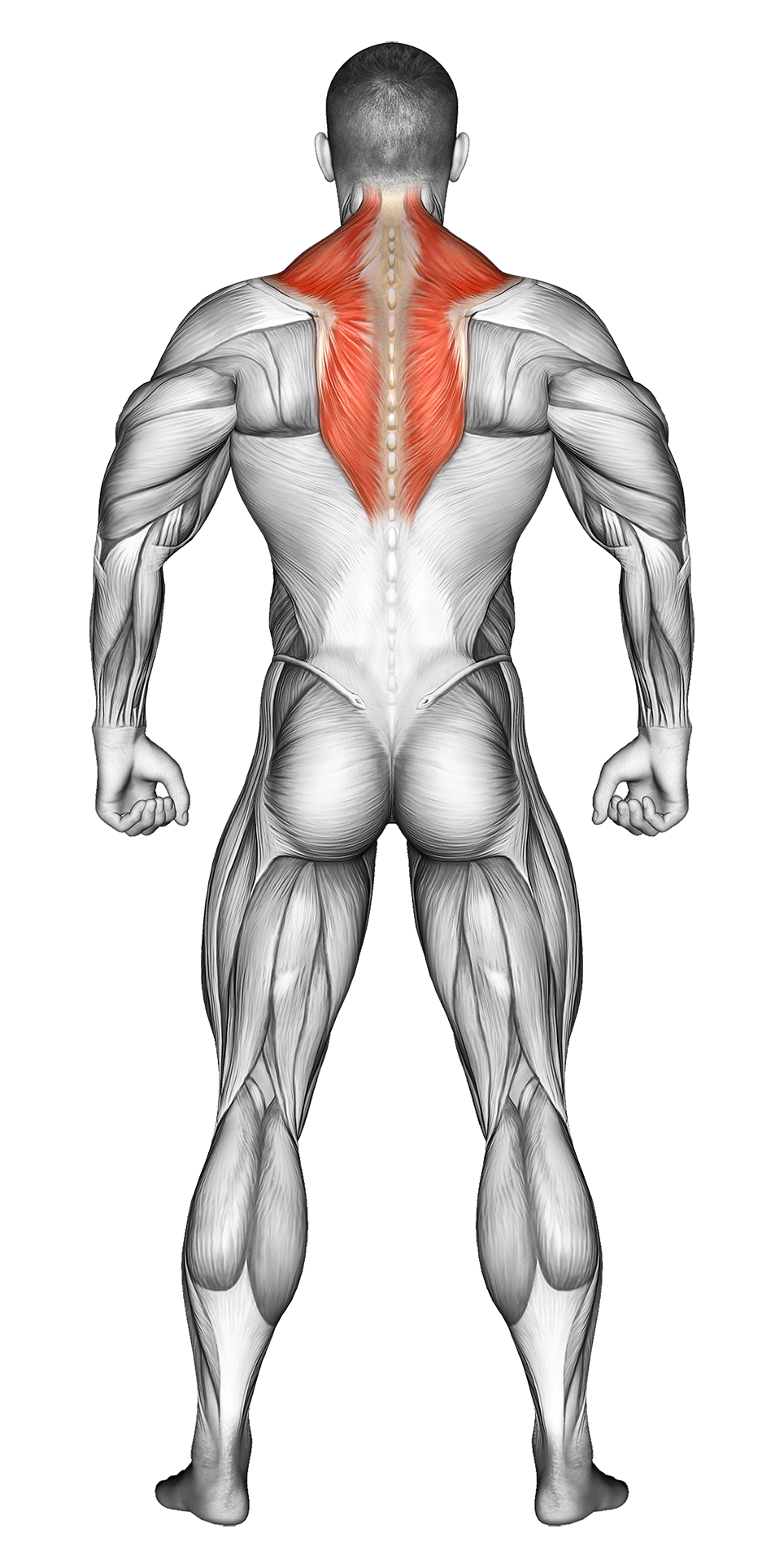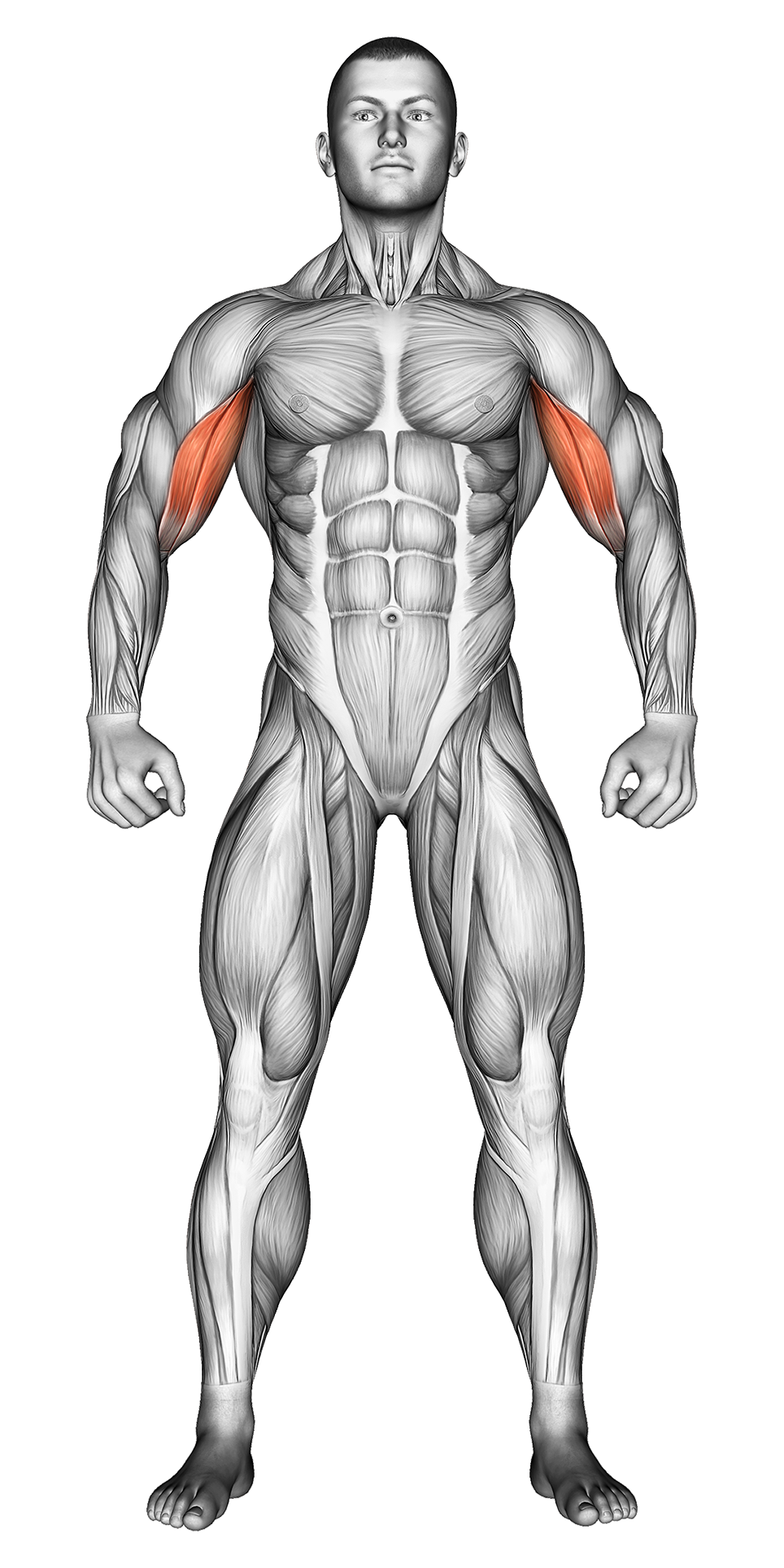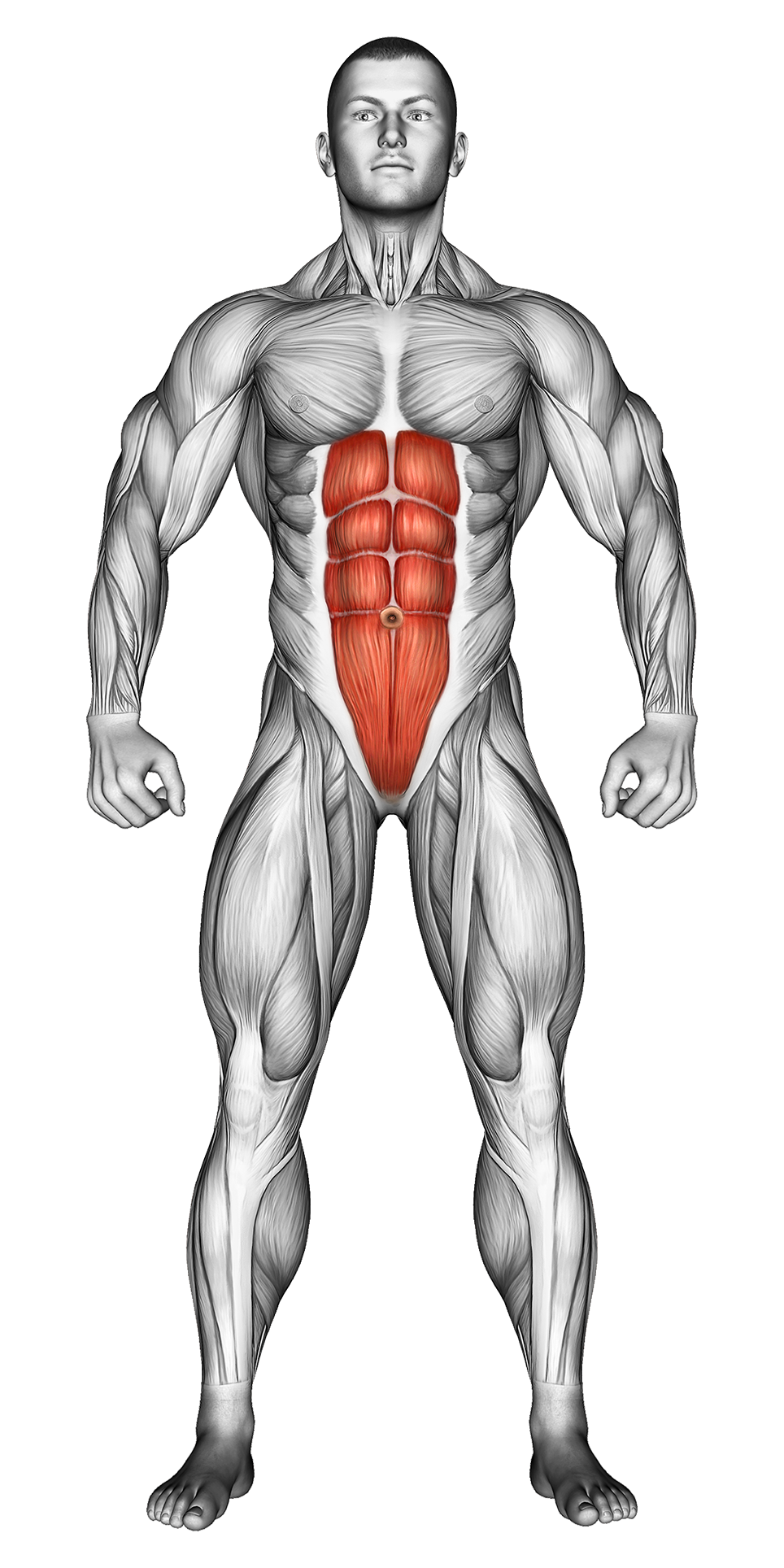Bent Over Row: Video Tutorial & Exercise Guide
| Workout | Bent Over Row |
| Primary Muscle Group | Lats |
| Secondary Muscle Group | Traps, Biceps Abs |
| Equipment Required | Barbell |
| Force Type | Pull |
| Mechanics | Compound |
| Exercise Type | Strength |
| Difficulty | Intermediate |
Bent Over Row: Video Tutorial & Exercise Guide
How to do the Bent Over Row – Step-by-Step Guide
- Step 1: Stand with your feet shoulder-width apart and hold a barbell with an overhand grip. Your hands should be just outside of your legs.
- Step 2: Bend your knees slightly and hinge at your hips, lowering your torso until it's nearly parallel to the ground while keeping your back straight and core engaged.
- Step 3: Start with your arms fully extended, and then pull the barbell toward your lower chest, squeezing your shoulder blades together as you lift.
- Step 4: Slowly lower the bar back to the starting position, fully extending your arms while maintaining control throughout the movement.
- Step 5: Repeat for the desired number of reps, ensuring proper form by keeping your core tight and avoiding momentum.
Bent Over Row Overview
The bent over row is a compound exercise that targets multiple muscle groups, including your back, shoulders, and arms. It’s typically performed with a barbell, although dumbbells or resistance bands can be used as alternatives.
This exercise is suitable for both beginners and advanced lifters, but proper form is crucial to avoid injury. The bent over row strengthens your back, improves posture, and enhances pulling power for other lifts like deadlifts or pull-ups.
Benefits of the Bent Over Row
The bent over row is one of the best exercises for building a strong and defined back. It targets your lats, rhomboids, traps, and rear deltoids while also engaging your biceps and core.
Regularly incorporating bent over rows into your routine will help improve your posture, boost your pulling strength, and add thickness to your back muscles, giving you that well-rounded, powerful look.
This exercise also complements other compound movements, helping you perform better in exercises like deadlifts, pull-ups, and presses by developing the posterior chain and overall upper-body strength.
Bent Over Row Pro Tips & Advanced Techniques
For maximum effectiveness, ensure that your back remains flat and your core tight throughout the movement. Avoid swinging the barbell or using momentum to lift the weight. Focus on squeezing your shoulder blades together at the top of each rep to maximize back engagement. Want to lift like a pro? Keep it controlled and precise.
Progression Plan for Bent Over Row
| Level | Sets | Reps | Weight Progression |
|---|---|---|---|
| Beginner | 3 | 8-10 | Start with a light to moderate weight to focus on form. Increase the weight gradually as you feel more comfortable with the technique. |
| Intermediate | 4 | 6-8 | Increase the weight every 1-2 weeks, ensuring that each rep is controlled and engaging the right muscles. |
| Advanced | 4-5 | 4-6 | Lift heavier weights while focusing on a slower negative phase to create more muscle tension and growth. |
Frequently Asked Questions (FAQs) of Bent Over Row
What muscles do bent over rows target?
Bent over rows target the muscles in your upper and middle back, such as the lats, rhomboids, and traps, along with your biceps and core for stability.
What’s the difference between the bent over row and the T-bar row?
The T-bar row isolates your back muscles more, while the bent over row works your entire posterior chain, including your core.
How should I position myself for the bent over row?
Hinge at your hips until your torso is nearly parallel to the floor. Keep your back straight, core tight, and knees slightly bent.
How often should I do bent over rows?
You can incorporate bent over rows 1-2 times per week as part of your upper-body or back workouts. They pair well with deadlifts and pull-ups for a balanced back routine.
What common mistakes should I avoid?
Avoid rounding your back, using too much weight, or relying on momentum. Focus on controlled movements and engaging the right muscles.
Share



